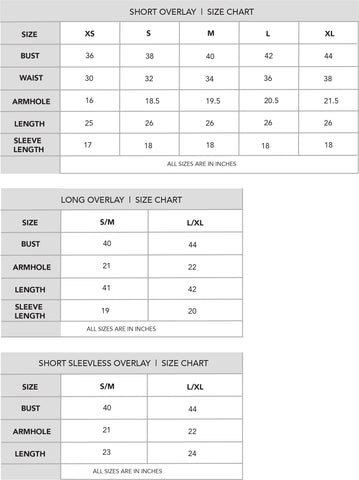Karomi KANTHA – The Tell-Tale Embroidery
“Making it whole again, those that have been fragmented.”
Bengal, a land that rose to fame for its contemporary artistic and literary achievements, is a state that produced the most talented and celebrated artists across fields. It can be easily considered the cultural capital of India with its aesthetic values, long tradition of folklore, doyens of literary greats like Rabindranath Tagore and colourful Durga Puja celebrations. The Bengali values are spread into all forms of its arts and culture such as crafts, literature, theatre, music, folklore and festivals. One of the most treasured forms of artisanship from Bengal is Kantha embroidery.

Kantha, an ancient practice followed by women for several generations in the eastern regions of the Indian sub-continent, specifically in West Bengal and present-day Bangladesh, is one of the oldest forms of embroidery practices. Archaeological shreds of evidence show that needles were found in the cities of Harappa, suggesting that embroidery has been in India for a very long time.

Earlier, Kantha was utilized for either personal reasons or stored in trunks to pass on to the next generation. Kantha embroidery was a household craft done by women in their spare time and only once the domestic chores were taken care of. They worked with household tattered clothes, rags and created vividly colourful and beautiful textural surfaces. The threads were drawn out of used sarees and were used in a variety of running stitches to tell a story. Kantha, an epitome of artisanship, has now spread and filtered into many parts of the world.
At Karomi, we work with over 8 kantha clusters spread across the length and breadth of Bengal. Working with artisans is not something new in the industry. The real questions to consider are… is my intervention helping the craft evolve? Am I being able to help this traditional craft develop anew in the present-day world of fashion while retaining its celebrated ethos?
At Karomi, the answer to these questions is an emphatic “YES”.

Kantha embroidery is characterised by the use of the simple “run” stitch. Traditionally, this run stitch is used either as filling stitches or base textures, and sometimes to make patterns, referred to as “nakshi”. Karomi Kanthas are not a simple matter of outlined forms and filled in stitches. Our team of designers is constantly pushing the boundaries of traditional kantha using this unassuming run stitch to create a plethora of unconventional textures and forms. Our Kanthas are mostly a combination of bold, geometric prints and an elaborate, intricate web of running stitches, with each raised stitch adding a speck of colour. The resultant fabric is not only beautifully detailed in the finest of stitches, but because of the intermingling shapes and colours, creates an exciting illusion-like effect that is both, surprising and engaging.

Kantha, at Karomi, evolved out of a need to upcycle our cast-off prints. Today, even the fabric scraps from our garment production are converted to patchworks, and given new life using the humble run stitch. Practicing this traditional method of kantha thrifting, our range of lifestyle products is made. Kantha, therefore, aids and assists us in being sustainable.
Rooted in craft, innovative in design and unmatched in craftsmanship, creating a Karomi Kantha is a tedious process requiring skill, time and patience. A single scarf has anywhere between a quarter of a million to half a million stitches and requires a minimum of 400 to 500 (wo)man-hours to make.
The fact that women sitting in their humble households, take time out of their busy daily lives, dexterously embroidering one stitch at a time, time after time, for days and weeks together, nurturing each piece with love, sweat and labour…makes Karomi Kantha that much more special.
Aham Karomi






Leave a comment